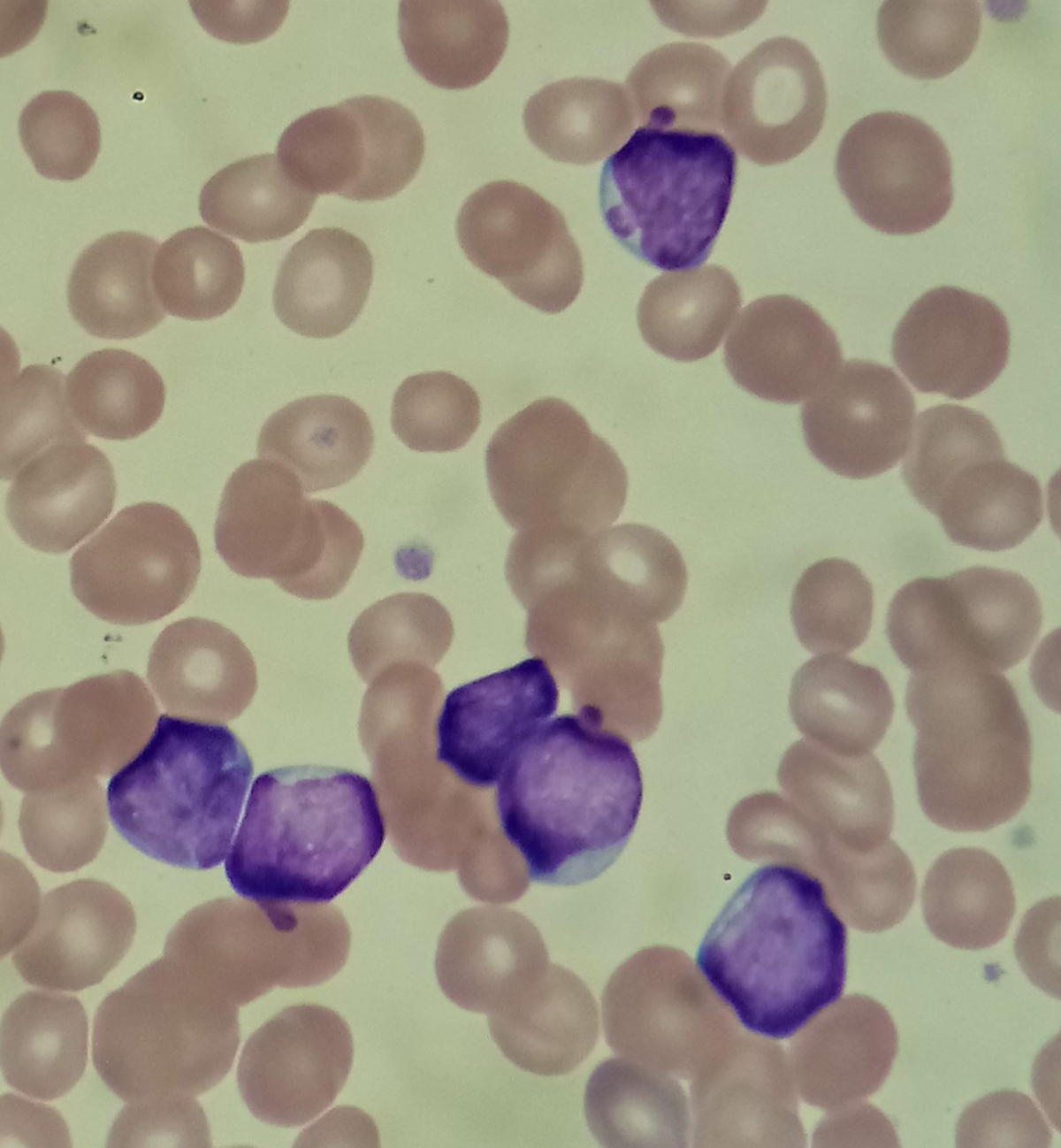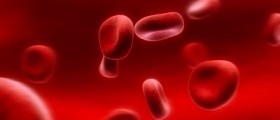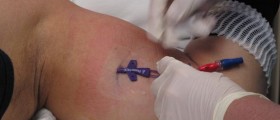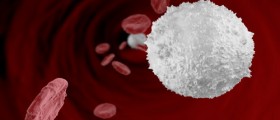
Acute myeloid leukemia is a cancer of the myeloid line of blood cells. The disease is characterized by rapid growth of white blood cells, which accumulate in the blood marrow and obstruct the normal process of creating blood cells. The condition is named as “acute” because it progresses rapidly. Acute myeloid leukemia is also known as acute myelogenous leukemia, acute myeloblastic leukemia, acute granulocytic leukemia and acute nonlymphocytic leukemia. This rare disease usually affects adults and the risk of acute myeloid leukemia increases with age. The median age at diagnosis is 63 years. The disease is very rare in children, but it remains one of the most frequent childhood cancers. Childhood acute myeloid leukemia is, for some reason, less common in North America. In Asia, the disease is less common in India than in other parts. These differences are probably due to population genetics and environmental factors.
Causes of acute myeloid leukemia
The first link in the chain reaction that leads to the acute myeloid leukemia is still unknown. Today, scientists believe that certain environmental factors, chemical exposure, or chemotherapy drugs, may play a significant role. This condition results from the damage to the DNA of the developing cells in the bone marrow. This causes the problems with blood cell production and creation of immature cells that develop into leukemic white cells. Leukemic cells are damaged, incomplete and unable to maintain their normal functions in the body. For this reason, the leukemic cells are building up and crowding out the healthy cells.
Signs and symptoms of acute myeloid leukemia
Signs and symptoms of acute myeloid leukemia are tightly associated with changes in the patient’s immune system. As the patient lacks functional white blood cells, the infection fighting capacity of the body drastically lessens. In the same manner, the red blood cell count will gradually become very low, because of the body’s inability to create normal blood cells of any type. The most prominent symptoms include fatigue, paleness, and shortness of breath. Children may be prone to easy bruising or bleeding even with the minor trauma. Some children will be very susceptible to different infections and, especially at the early onset of the disease, symptoms may be flu-like and include fever, weight loss, and bone and joint pain.
Parents may notice swelling of the lymphatic nodes, though it is a very rare symptom. Upon the careful inspection, they can also detect slight enlargement of the spleen and swelling of the gums. In many cases, acute myeloid leukemia is completely asymptomatic, and it is detected incidentally during a routine blood test.
















Your thoughts on this
Loading...